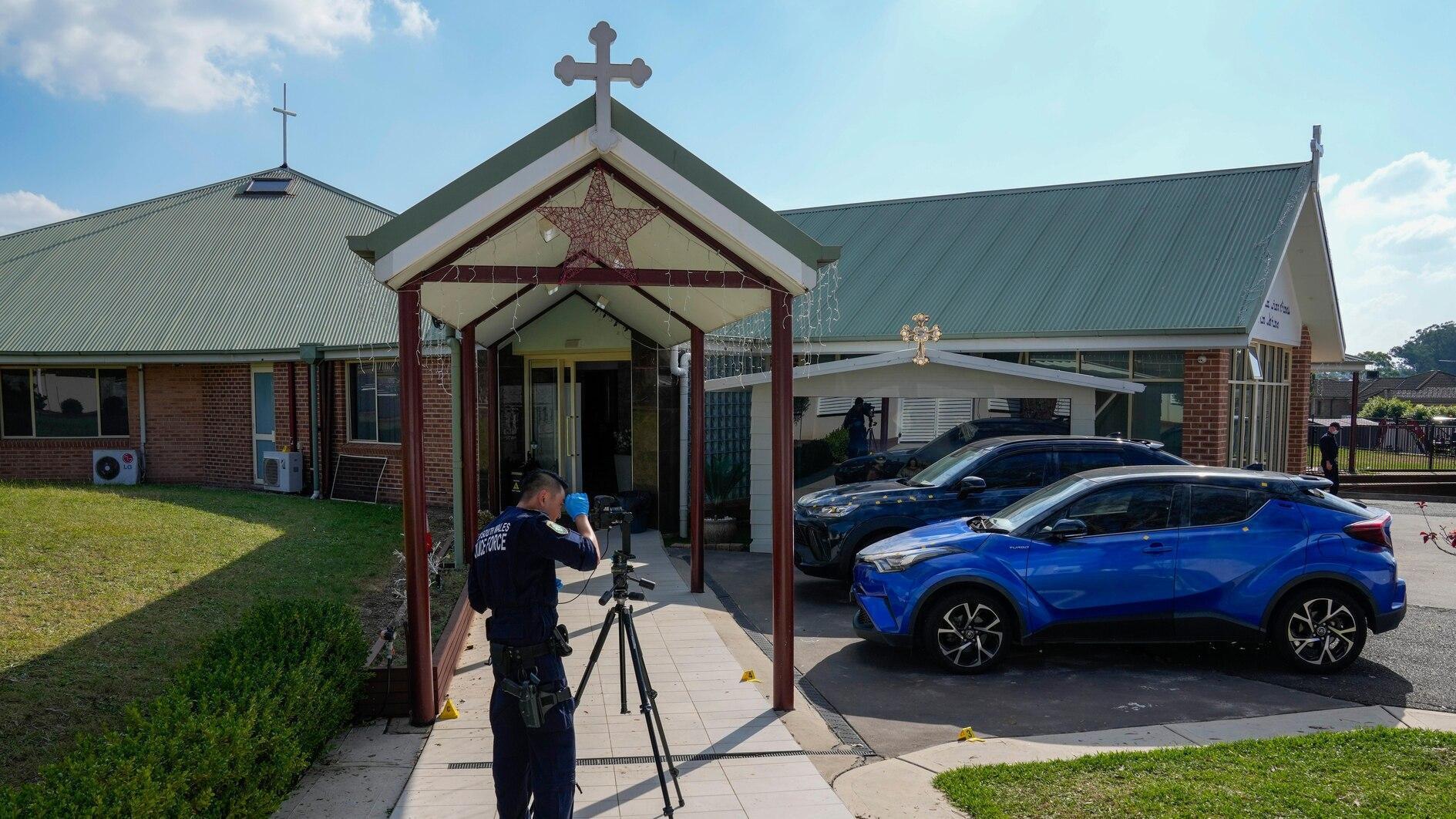Turkish army: Air Force’s restructuring in Diyarbakır has ‘nothing to do’ with resolution process
ANKARA

Turkish armed forces commanders during this year's Supreme Military Board held over the week-end. AA Photo
In a move aimed at uniting all of its combat forces under one command’s roof, the Turkish Air Force Command has founded the Combatant Air Force and Air Missile Defense Command in Eskişehir as of Aug. 5.Such organizational change has no relation with either “the resolution process,” or “the flag removal” incident, the General Staff announced on Aug. 7.
Accordingly, a command in charge of air operation centers has been formed in the southeastern Anatolian province of Diyarbakır and an air defense command has been formed in the central Anatolian province of Eskişehir, said the statement.
According to the Turkish Armed Forces (TSK), such organizational restructuring paves the way for routing and directing all air and missile defense units from one center in a way that would include space.
“With the Air Force’s new command structure, a more effective command and control will be carried out with opportunities provided by technology and operational effectiveness and deterrence of the TSK will be expanded,” said the General Staff statement.
“This organization is an authentic restructuring that will bring our strongest qualities that are the most convenient for geopolitical conditions of the geography in which our country is located to the forefront,” the General Staff said, while noting this transformation will place the TSK in better harmony with NATO’s updated force structure.
“The organizational change in the Air Force Command has no relation with the ‘RESOLUTION PROCESS’ or ‘THE FLAG REMOVAL’ incident and is the product of a lengthy and meticulous endeavor,” the General Staff concluded, using capital letters for the two noun phrases in quotation marks.
The resolution process, also known as peace process, refers to the government-led initiative aimed at ending the three-decade-long conflict between Turkey’s security forces and the outlawed Kurdistan Workers’ Party (PKK). Playing a central role along the process, jailed PKK leader Abdullah Öcalan has been in dialogue with both state officials and members of the Parliament at least since late 2012.
In its previous structure, the TSK had the Headquarters of the 1st Air Force Command located in Eskişehir, and the Headquarters of the 2nd Air Force Command in Diyarbakır.
As for “the flag removal incident,” a masked demonstrator was photographed climbing a flagpole in the 2nd Air Force Command in Diyarbakır’s Lice in early June, after jumping over the surrounding walls following protests after the burial of a demonstrator killed by Turkish soldiers during an intervention in a road block. At the time, the incident sparked public indignation and the military came under fire for not intervening to prevent the protester.
Since then, speculation mounted, with arguments suggesting the structural change regarding Diyarbakır was actually a “good-will gesture” by the government to the people of the region. The organizational restructuring has helped weakening the militaristic presence there, thus proved the government’s resolve and sincerity for resuming the resolution process, according to the same arguments.
















